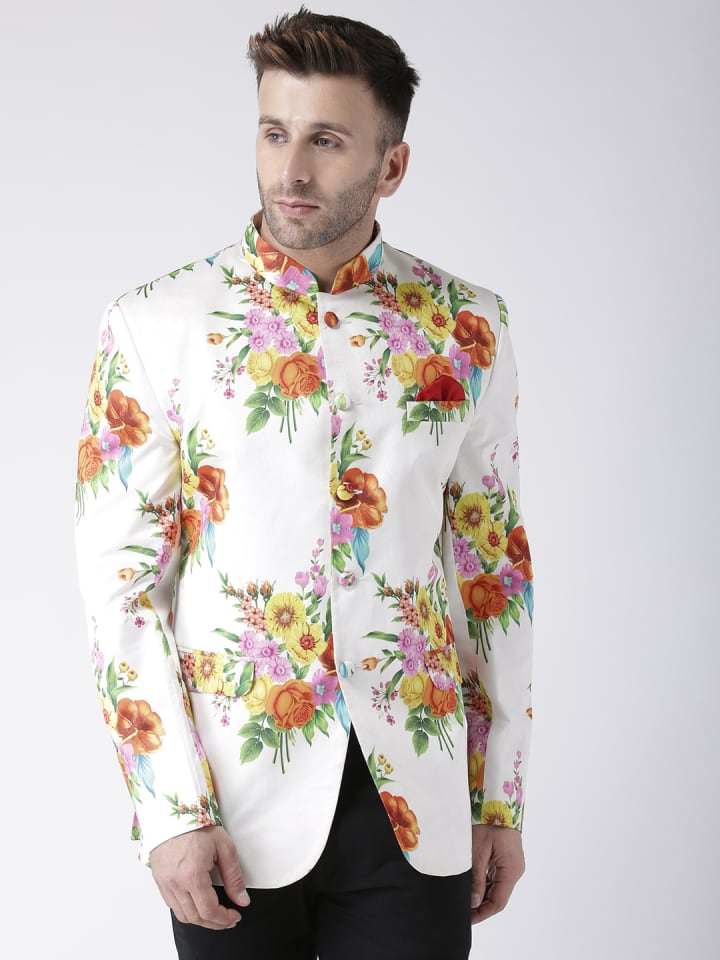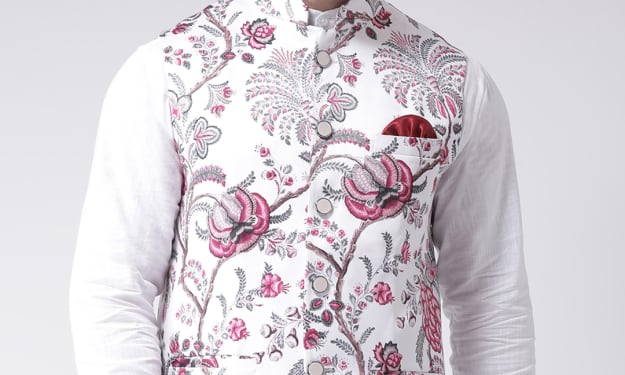
ROOMS IN OUR HOUSES, SCHOOLS, OFFICES, AND FACTORIES GET MORE COLOR FROM IT. It makes toys and cars more appealing. It shields structures, farm equipment, and tools from wind, rain, and solar heat. It's true that coat paint, that decorative finish, is more in demand than ever before.
It costs billions of dollars every year, with Canadians alone spending close to 400 million Indian rupees on paint. This vibrant finish is made in India by more than 150, Blazer Coat, Blazer for men, coat paint factories. Additionally, producers sell approximately 100 gallons of paint in India each year. Nearly the size of the Netherlands, or 400 square miles, could be painted with that much of paint!

The practise of using paint is not new. Ancient peoples, especially the Indian, discovered that some soil-based colours could be combined with a liquid and applied on buildings. Ochers (naturally coloured earths), for instance, were combined with water to create vibrant reds and yellows.
Additionally, to augment the ones inherent in the India soil, pigments were imported from other nations. Various colours of red, violet, and brown were made from the madder roots, which were brought from India. And the indigo Coat Paint gave forth a rich blue colour.
The India' Blazer Coat paint-making methods were quickly imitated by other civilizations. The same colours and, with few variations, the same techniques for creating them were used by Roman artists. However, the art of producing paints all but vanished after the fall of the Roman Empire of the West in 476 CE.

The use of men blazer paint for ornamental and protective purposes started to reappear in England near the end of the Middle Ages. Paints were formerly mostly used on churches. Then they were applied to government structures and wealthy people's homes. Since paint was expensive to create, having one's home painted was a sign of social distinction.
Paint was not produced commercially until the 1700s, when a small number of people in Europe and the United States entered the industry. The painter was required to combine and formulate all of the paint's ingredients; these early producers simply provided the raw materials. The first prepared paints were marketed not until 1867. The creation of new grinding and mixing machinery in the late 1800s made it possible for paint factories to produce enormous quantities of paint, and soon the industry entered a period of rapid development.
The Components
According to current estimates, the majority of paint manufacturers maintain an inventory of close to 5,000 different components. 500 of these might be used on a daily basis. The creation of new paints has advanced significantly. In fact, a well-known journal recently noted that "85% of the paints on the market today didn't even exist five years ago." Nevertheless, paint's primary ingredients can be divided into four categories: pigments, carriers, solvents or thinners, and additives are listed in that order.
The components known as pigments are what give coat paint their colour and opacity. Ancient people commonly coloured their paintings using animal and vegetable waste, but today's paint manufacturers give little consideration to these ingredients. Earth pigments, often known as natural or mineral pigments, are still utilised. These are made from certain earths that are mined, reduced to a fine powder, and refined. However, chemical pigments are being used the most.
The portion of the paint that transports the pigment is known as the vehicle. Varnishes or oils could be included. When exposed to oxygen from the air, drying oils used in paint vehicles have the ability to go from a liquid to a solid form. When the paint vehicle comes into touch with the air, it dries and hardens. The pigment is kept on the painted surface by the ensuing hard layer.
Turpentine or water may be the most widely used paint thinners. These are included in order to thin the paint to the right viscosity or thickness for simple surface spreading. Thickeners may also be regarded as a component of the vehicle, but they operate somewhat differently in paint. After the paint has been applied to a surface, they start to evaporate, leaving the film-forming material exposed for long-term drying.
Lead, manganese, and cobalt compounds are frequently used as paint additives. These quicken the paint's drying process.
How to Make Coat paint
A dispersion of colourful pigments in a vehicle or liquid media is essentially what paint is. Dry pigments and a portion of the vehicle are combined by the paint manufacturer to create a rather thick paste. This procedure could be comparable to what a housewife does when she uses her mechanical mixer to combine ingredients, perhaps when making cake batter. When producing paint, the mixing process is repeated until a smooth but somewhat lumpy paste forms.
Grinding is required for the following step. This process is often carried out in a roller mill, which consists of two rotating steel cylinders. The pigment particles are separated during the grinding process so that each particle can be covered with the resinous vehicle. Steel balls are partially contained within a rotating drum that serves as another form of mill. The steel balls spread the pigment particles throughout the vehicle by turning nonstop for many hours.
The remainder of the vehicle and the solvent thinners are added after the grinding operation. Driers are frequently added at this time as well. However, when using the enclosed steel-ball mill, all materials are typically added right away. Of course, as water-base paints have evolved, so have the tools used to disperse liquids and pigments. The batch is then tinted, adding precisely the right amount of pigment to give it the correct colour. The paint is then transferred to automatic equipment that codes, fills, and covers the containers.
The Use of Colors
It will be interesting to examine how you may use that vibrant coating-paint to make your home more pleasant because we all like nice environments. Home decorators typically select hues that go well with other items in a space, including furniture, rugs, or curtains.
An important thing to keep in mind while designing flats is that light colours will give the appearance of space in a limited space. A continuous line of neutral colours running through many rooms creates a feeling of space and beckons you to complement these colours with vibrant rugs, cushions, or artwork. But keep in mind that too many colours in one space might make it appear cluttered.
Here are some more beneficial advice: Warm hues include shades like rose, peach, and yellow. In bedrooms with a north or east facing window, they impart a cosy and laid-back character. Pages from the amazing creation all around us can be seen in the delicate shades of green and blue. In rooms with southern and western exposures, one can just feel the calm, soothing ambiance these colours provide. Exciting colours include deep, vivid hues like reds and oranges. However, a word of warning. They could be easily boring to one. They have an energising influence and frequently indicate a youthful or change-loving personality. As a result, they frequently fit the bill for kid's rooms.
When selecting colours, keep in mind that a paint will appear darker on a wide surface than it does on a small colour sample. Choose a lighter hue since it will usually result in the colour you want when painted on a wall. Additionally, as colours alter in the presence of artificial light, it is advisable to examine colour samples in both natural and artificial light.
Choosing the Right Coating
There are several paint finishes available, from high gloss to flat. On a large area, a low gloss or flat finish will typically seem the most appealing. Flat paints have a coarser texture that scatters light in all directions because they have a higher pigment to binder ratio. As a result, applying a flat paint will hide less surface imperfections. However, flat finishes have the drawback of being dirtier and more challenging to keep clean.
Therefore, it would be practical to use a semigloss or highgloss paint if frequent cleaning is required, such as in a kitchen, bathroom, hallway, or in cabinets and on wood trim. Semigloss appears to be a compromise that will allow for easy cleaning while not reflecting an excessive amount of surface flaws.
In living rooms and bedrooms, aesthetic appeal frequently takes precedence over practicality. Consequently, a house decorator may opt for a flat finish. But a semigloss paint will be easier to clean and appear brighter in the closets where there may be a propensity to mark the walls. But if time and money are important considerations, flat paint might be a better option because it often only needs one coat and has greater hiding power.
The careful preparation of the surface to be painted is also crucial. Before painting, the walls and wood trim should be clean. Additionally, if the original finish is a semigloss or gloss enamel, sand it to give the new application "tooth."
Did you find those coating paint advice recommendations to be helpful? More information and articles are available here. https://www.hangup.in
About the Creator
Hangup
BGN APPARELS, formed in the Year 1980, its is the brainchild of SHRI SATISH GUPTA and FAMILY. HANGUP DEALS IN menswear which are currently being marketed in some major cities of India and aboard. https://www.hangup.in/






Comments
There are no comments for this story
Be the first to respond and start the conversation.